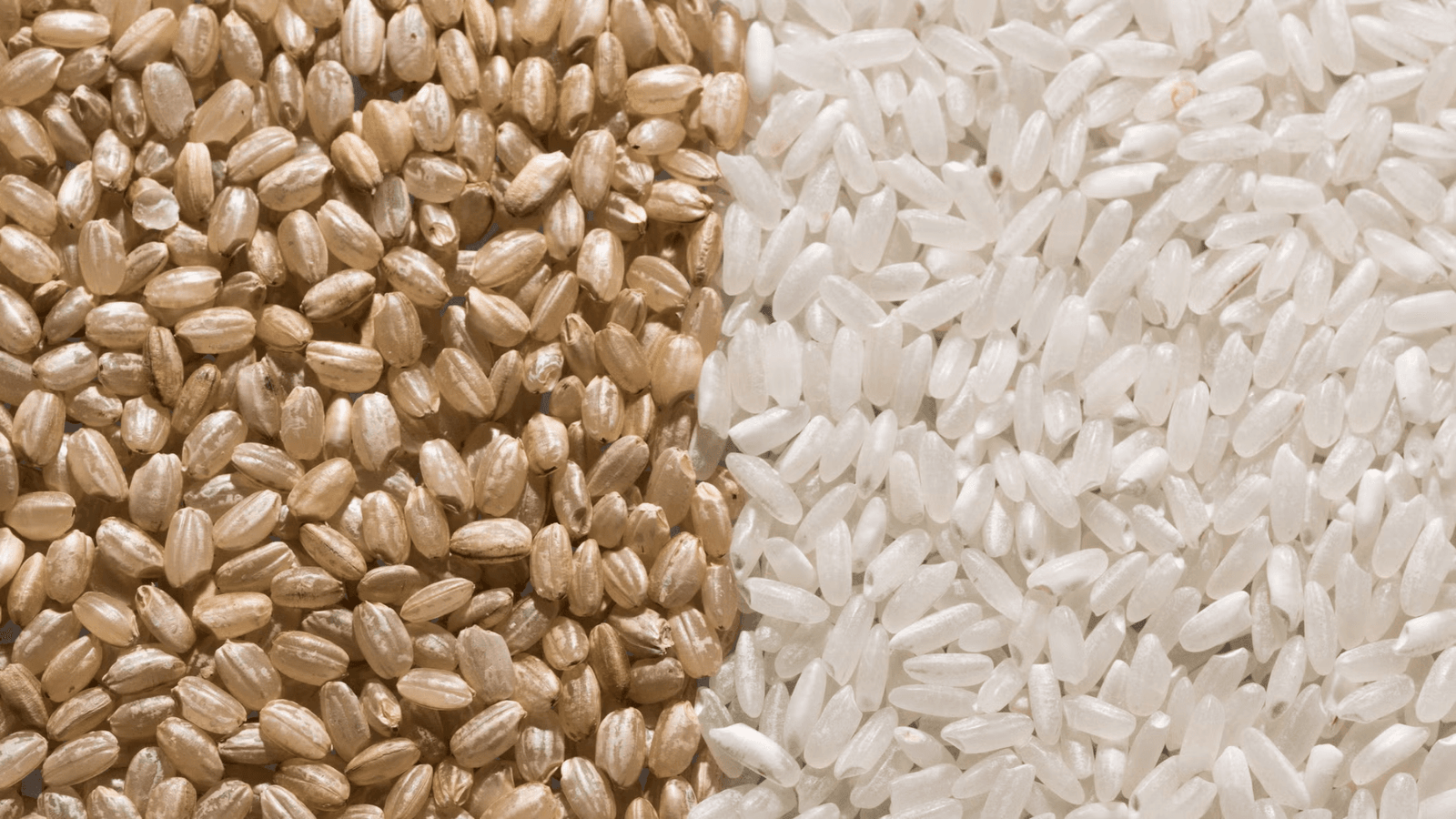
Introduction: calories of 1 cup rice is approximately 200 calories, which, given its energy levels and it has made it a food for most people. calories of 1 cup of rice virtually comes entirely from carbohydrates as an easily available source of energy.
Rice is such a grain that it can be accompanied with any given dish which explains why it’s the most taken at almost every meal in every corner of the globe. Let’s start from the calories of 1 cup of white, brown, or basmati rice as for the varying varieties it is primarily within a range of 180-220 calories.
Good Source of Energy calories in 1 cup of rice cooked
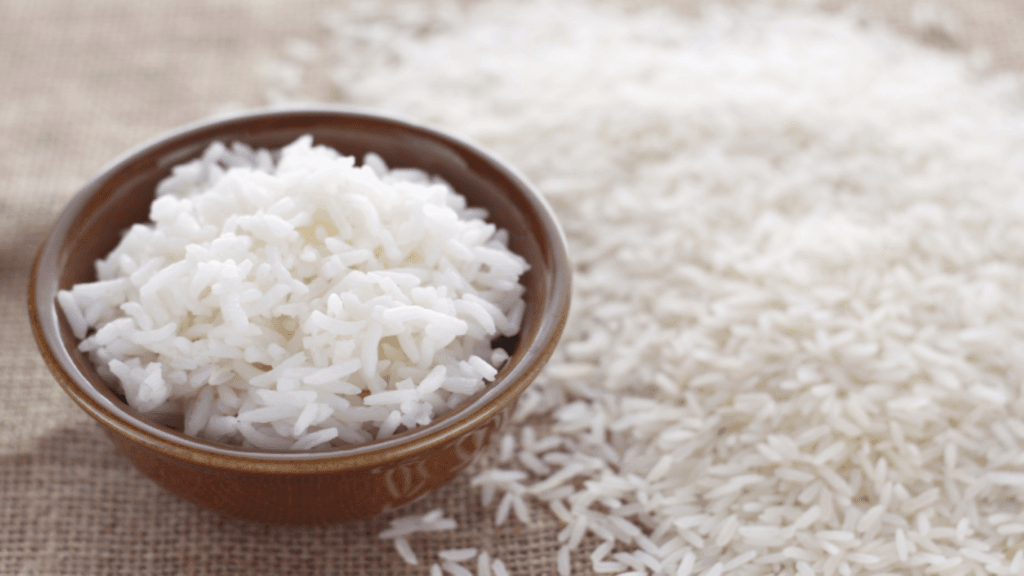
Whether it is white or brown rice it provides long-lasting energy.
Though there might be an ounce of difference in the calories in 1 cup of rice, when cooked, the good news to people seeking nutrition and satisfaction is that it can be so. Adding vegetables or lean proteins will make it healthier.
Nutrition Facts Table Brown Rice & White Rice
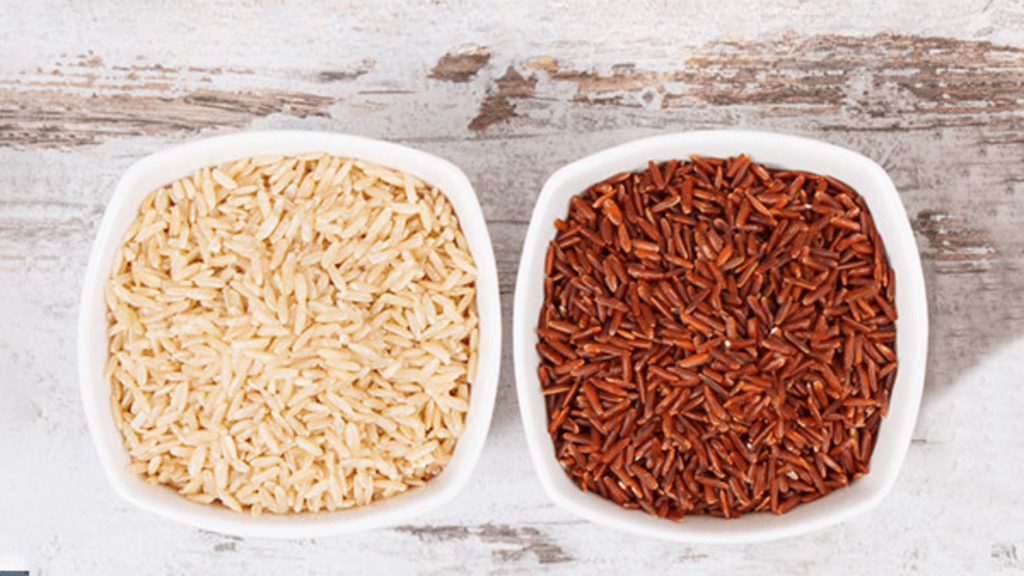
| Nutrition Facts |
|---|
| Brown Rice |
| Serving Size: 1 cup (cooked) |
| Calories: 215 |
| Total Fat: 1.8g |
| Sodium: 10mg |
| Total Carbohydrates: 45g |
| Dietary Fiber: 3.5g |
| Sugars: 0g |
| Protein: 5g |
| White Rice |
| Serving Size: 1 cup (cooked) |
| Calories: 200 |
| Total Fat: 0.4g |
| Sodium: 1mg |
| Total Carbohydrates: 44g |
| Dietary Fiber: 0.6g |
| Sugars: 0g |
| Protein: 4g |
Total calories of 1 cup of rice
The calories of one cup of rice vary with the type. White, cooked, about 200 calories brown, cooked about 215 calories per cup. Thus, comparing with calories of one bowl of rice, which approximately equals to a cup
Generally, it stays in the same range of calories for one cup of rice cooked, depending on the type. Further, the calories of one red rice would always fall between that of the brown and white rice, which makes it a nutritious choice. Thus, the total calories of one cup of rice provide enough energy in terms of the amount of calories.
Helps Make Bones and Muscles Stronger
Together with an appropriate diet, one cup of cooked white rice combined with physical activity keeps you fit and active.
Helps to Promote Digestive Health
Similarly, that one cup of cooked white rice has 200 calories, and 215 in cooked brown rice. Other than nutritional value, measure 1 cup of white rice.
Instead, 1 cup of uncooked rice calories is much higher, ranging between 600-700 calories as it expands by quantity when prepared.
1 cup of cooked rice calories & 1 cup uncooked rice calories
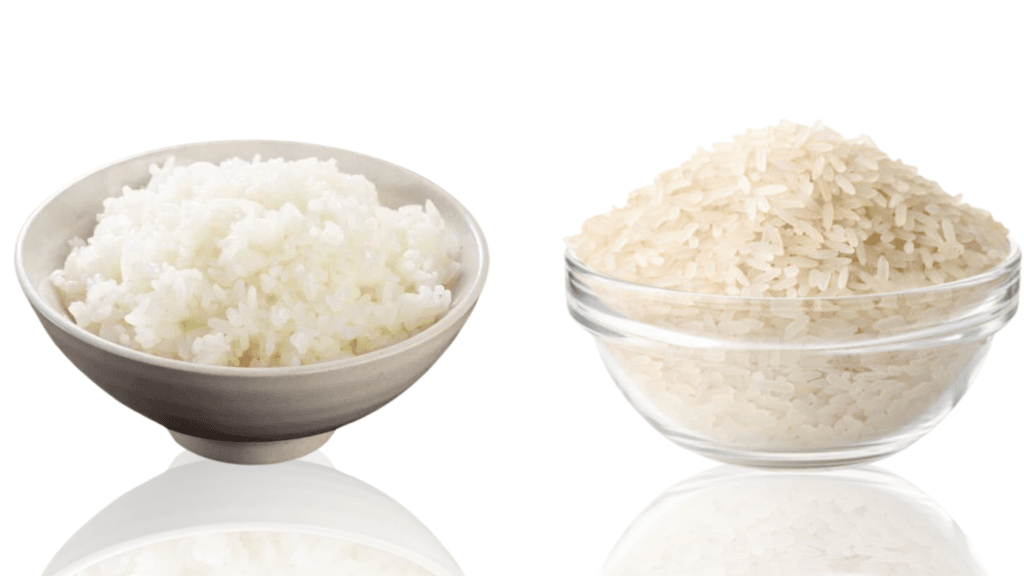
Types of rice also carry different calories. 200 calories 1 cup of cooked white rice.
215 calories 1 cup of cooked brown rice.
All uncooked rice is about 600 – 700 calories per serving size of 1 cup ( cooked )
These facts are actually helping to fix many of the problems with dietary intake and make sure that what you’re eating is balanced.
| Rice Type | Calories |
|---|---|
| 1 cup of cooked white rice | 200 calories |
| 1 cup of cooked brown rice | 215 calories |
| 1 cup uncooked rice | 600-700 calories |
1 cup of Rice protein & 1 cup of Rice carbohydrates
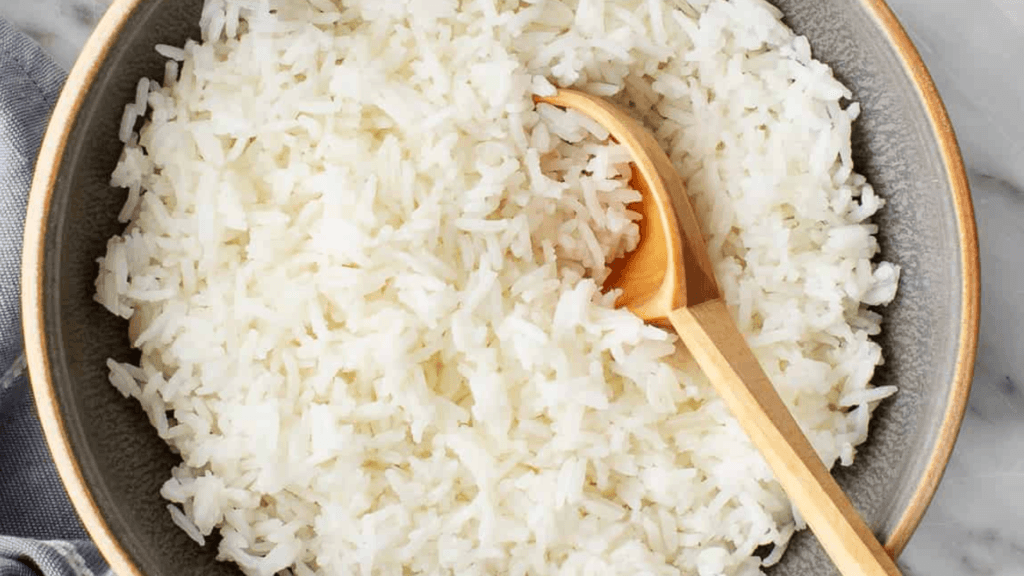
This macromolecule is available in the quantity of approximately 4 grams per cooked cup of rice, thus making it a moderate source. In addition, rice also contains 44 grams of carbohydrates consisting largely of starch, the quick source of energy
Rice protein is broken down to amino acids so that they can be repaired and rebuilt muscles, and carbohydrates diet your daily activities. Brown and white rice also vary a bit in terms of their nutrient profile. In any case, because rice can so readily fit into an otherwise healthy diet, it is an easy source of both energy and protein requirements.
| Rice Type | Protein Content | Carbohydrate Content |
|---|---|---|
| 1 cup of cooked white rice | 4g | 44g |
| 1 cup of cooked brown rice | 5g | 45g |
Risks of Eating White Rice
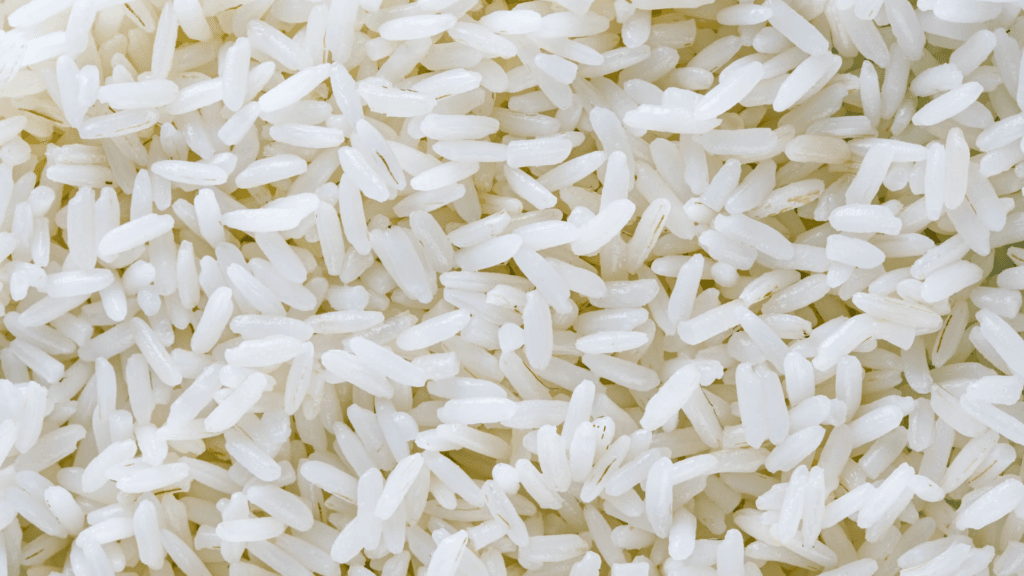
Other evidence, which suggests that mostly brown and white rice carry the same nutritional value, vitamins and minerals as well as other whole grains and rice are bid white.
Weight Gain: This is loaded with all carbohydrates, and consequently it becomes very overweight. Present Arsenic Exposure Arsenic, a poison in the good amounts, may be found in white rice
Digestive issues: White rice has minimal content of dietary fiber, hence causing some digestive problems but only as a form of low participation with dietary fibers from other sources.
Black Rice & Red Rice calories of 1 cup
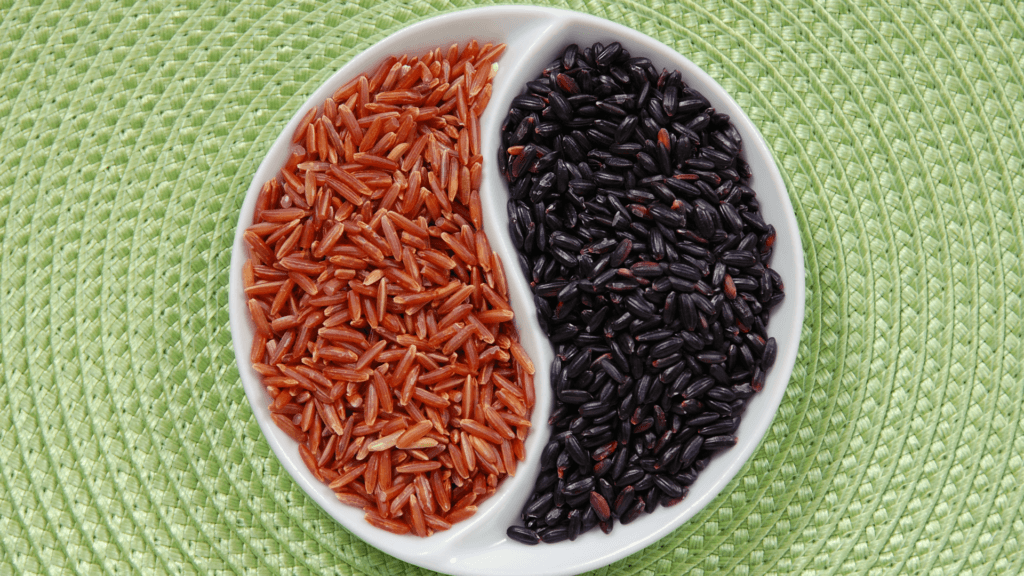
The amount of calories in a cup of black rice when prepared is approximately 200. Some rice, particularly white rice, carries arsenic. The very healthy food has high-calorie content and thus can be a great food to eat. Black rice is fiber intense than white rice and rich in antioxidants.
There is nearly an equal amount of calories in red rice and also said to have positive effects on the heart, and many other reasons. Both of these varieties of rice can be termed as wholesome alternatives with unique flavors and nutrients.
| Rice Type | Calories (per 1 cup cooked) |
|---|---|
| Black Rice | 200 |
| Red Rice | 210 |
Nutrient-rich Brown rice
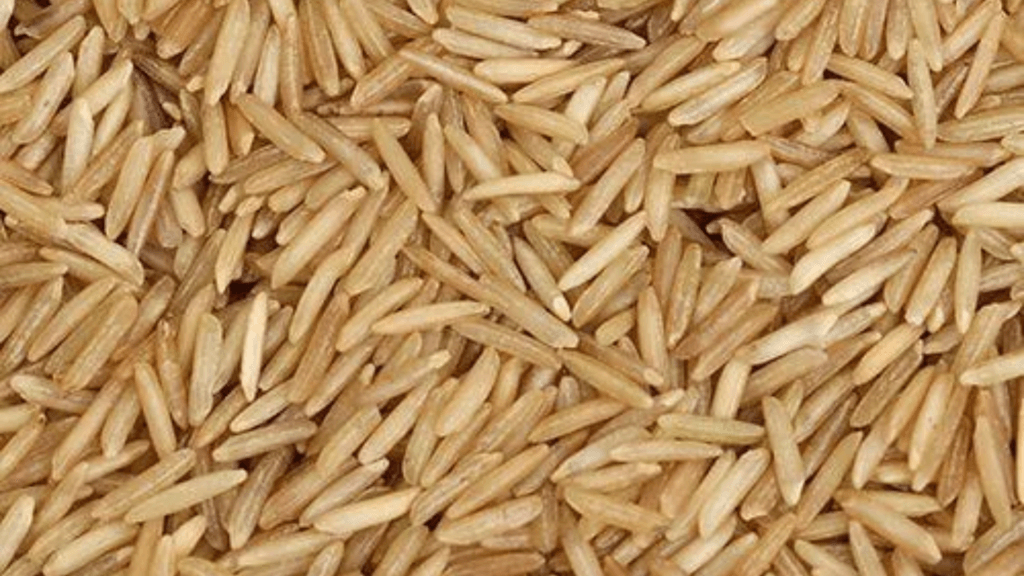
| Nutrient | Brown Rice | White Rice |
|---|---|---|
| Thiamine | 15% | 14% |
| Niacin | 16% | 9% |
| Vitamin B6 | 7% | 5% |
| Magnesium | 9% | 3% |
| Phosphorus | 8% | 3% |
| Iron | 3% | 7% |
| Zinc | 6% | 4% |
| Folate | 2% | 0% |
| Potassium | 4% | 2% |
| Calcium | 1% | 1% |
May lower the risk of heart disease
A study has also shown that one can cut down the risk of heart disease by consuming brown rice. For instance, a review of 45 studies determined that people who ate more whole grain, including brown rice, had a 16¼ 21 lower risk of getting heart diseases than people who ate less whole grain.
Brown rice was also claimed to elevate high levels of HDL (“good”) cholesterol, although the results were variable.
High Rich in antioxidants in Black Rice
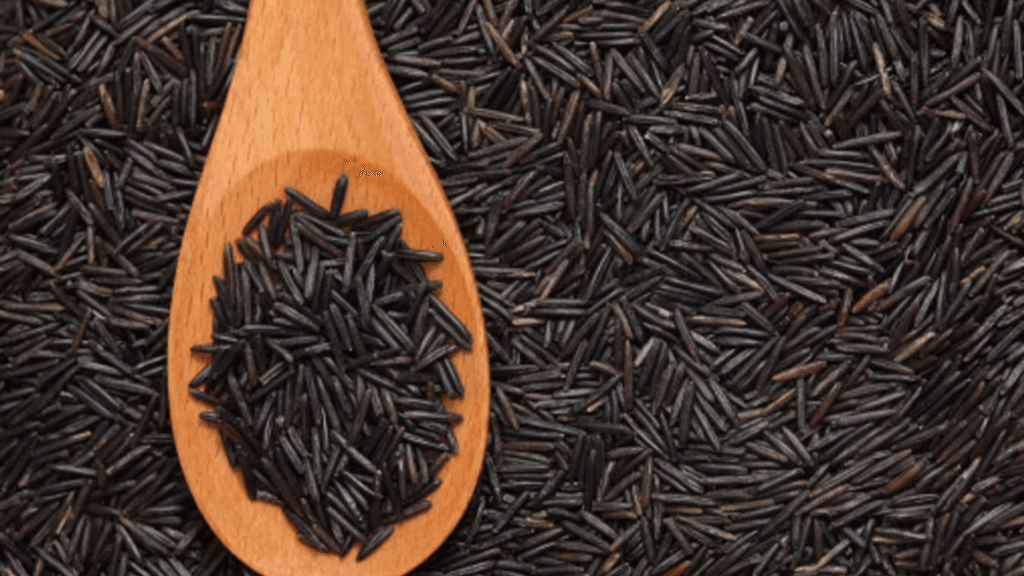
Rich in antioxidants and anthocyanins, through to help fight cancer, black rice helps to fight tiredness and boost brain function
Full of antioxidants and anthocyanins
Its rich in antioxidant particularly Anthocyanins is what makes black rice known.
| Antioxidant | Health Benefits |
|---|---|
| Anthocyanins | May reduce inflammation and lower the risk of chronic diseases. |
| Vitamin E | Helps protect cells from damage and supports skin health. |
| Phenolic Acids | May have anti-cancer properties and improve heart health. |
| Selenium | May help prevent cancer and supports the immune health. |
Black rice is a delicious way to include black rice in your diet and consequently boost your intake of antioxidant.
How to Use Calories of 1 Cup of Rice
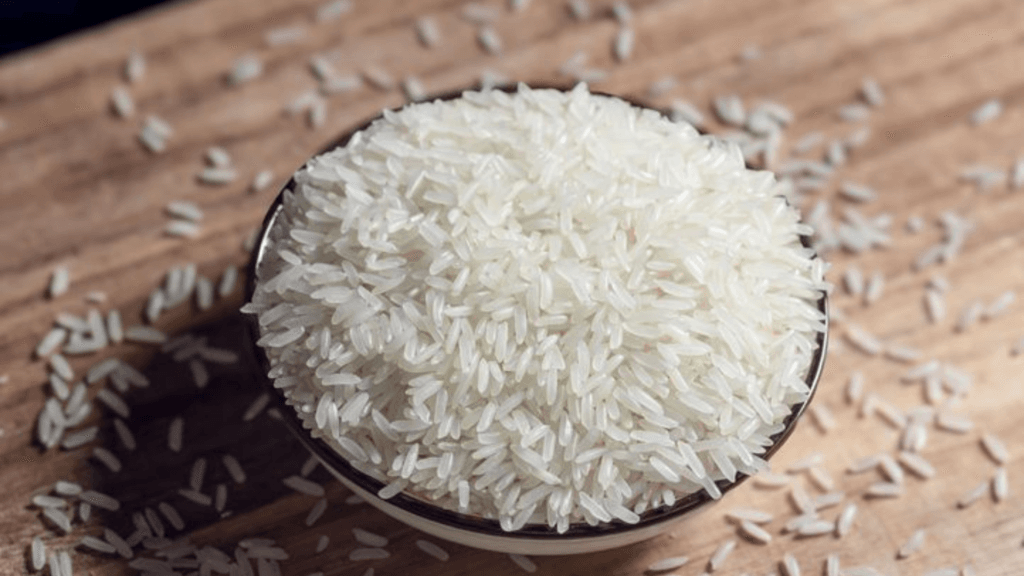
Portion Control: A serving of cooked rice would be roughly 200 calories. A portion serving will, therefore be dependent on your individual calorie needs per day.
Balance your meal: Make sure to also accompany your rice with proteins such as chicken fish or beans and lots of vegetables. If you do this, you’ll get a healthy meal too, which would help you stay hungry for a while longer.
Preparing Method: When you can, use these methods of food preparation that keep the nutrient rich value of foods like steaming or boiling, not frying. This process also helps to keep for fewer calories while retaining all the healthful benefits of the rice
Conclusion: The amount of calories in rice depends on the type. For instance, a cup of white cooked rice equals about 200 calories, whereas the same amount of brown cooked rice counts for about 215 calories.
As with any other food, the bigger the rice, the more calories you’re likely to get but only around 300 more than one cup of uncooked rice offers 600 to 700 calories in a cup. This should guide when you plan your meals; knowing the differences can help you choose what is healthy.
People Also Ask
1. Does 1 cup of rice equal 200 calories?
Yes, 200 calories is equal to one cup of rice. There are about 200 calories in one serving of cooked white rice, but what you have will depend upon your type of rice and how you cook it. For example, for brown rice, this one serving is around 215 calories.

Leave a Reply